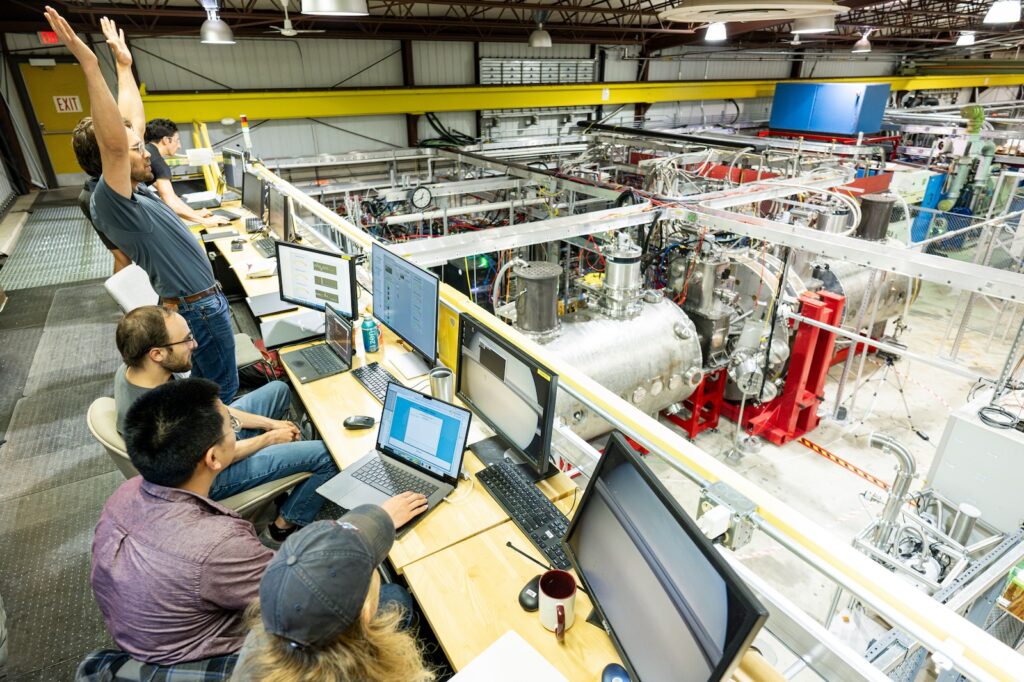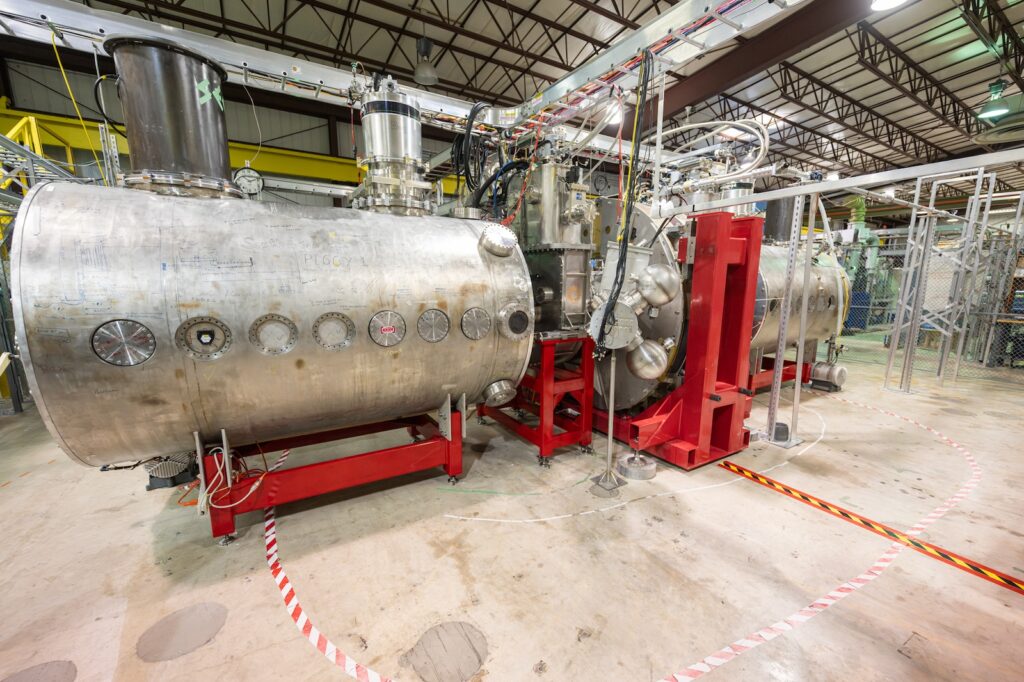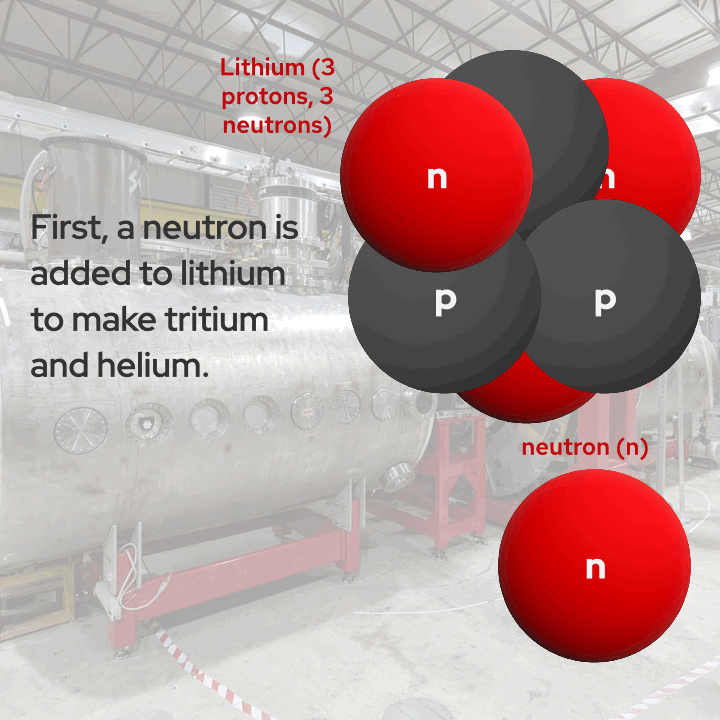Month: July 2024
Mark Eriksson named Steenbock Professor
This story was originally published by the Office of the Vice Chancellor for Research
Mark Eriksson, professor of physics, and Mikhail Feldman, professor of mathematics, have been named recipients of UW–Madison Steenbock Professorships.
“This professorship is among the most prestigious and important professorships for researchers at the UW–Madison,” says Cynthia Czajkowski, interim vice chancellor for research. “This recognition is accompanied by discretionary funds to provide recipients the freedom to explore innovative research directions and to explore new approaches to their research areas.”
In the early 1980s, Evelyn Steenbock initiated a program to endow a series of professorships in the natural sciences in honor of her late husband, Harry Steenbock, emeritus professor of biochemistry.
Harry Steenbock (1886-1967) developed an inexpensive method of enriching foods with Vitamin D. His discovery led to the eradication of rickets, the bone-deforming deficiency disease, throughout most of the world. He is also renowned for his discovery of the conversion of carotenes to vitamin A.
Steenbock assigned his patents for advances in human and animal nutrition to the Wisconsin Alumni Research Foundation (WARF), and accumulated royalties from Steenbock’s patents supplied about half the funds for the Steenbock Memorial Library construction on campus. Steenbock Memorial Library is a primary resource library for the students, faculty and research staff at the UW–Madison.
The Steenbock Professorship provides research funds to recipients annually for 10 years and honors those faculty who have made major contributions to the advancement of knowledge, primarily through their research endeavors at UW–Madison, but also as a result of their teaching and service activities.
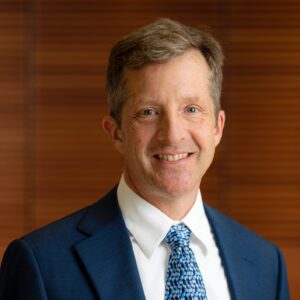
Eriksson, awarded the Steenbock Professorship in the Physical Sciences, was recently chair of the Department of Physics. He joined the UW–Madison physics faculty in 1999 and is a world-leading expert in the development of quantum information systems using solid-state quantum dot qubits.
As department chair, Eriksson promoted the Wisconsin Idea by supporting the department’s role in connecting with audiences all around the state of Wisconsin, including restarting The Wonders of Physics Traveling Show.
Eriksson received a bachelor’s degree in physics and mathematics from UW–Madison in 1992, received his PhD from Harvard University and was a postdoctoral member of technical staff at Bell Labs.
His research has focused on quantum computing, semiconductor quantum dots and nanoscience. He leads a team dedicated to developing spin qubits in gate-defined silicon quantum dots with the goal of enabling quantum computers, which manipulate information coherently, to be built using many of the materials and fabrication methods that are the foundation of modern, classical integrated circuits.
Eriksson is widely recognized for engaging collaborative partnerships with industry, government leaders and other university research institutions to tackle some of the greatest challenges in quantum information science and technology. Last year, the Eriksson group announced its partnership with Intel and HRL Laboratories as part of the LPS Qubit Collaboratory (LQC) national Quantum Information Science Research Center hosted at the Laboratory for Physical Sciences at the University of Maryland, College Park to collaborate on research in advanced computer technologies.
“I intend to use the award to explore new opportunities in silicon-based quantum computing, including new ideas for connecting qubits to each other across large distances, and the use of near-atomic-scale metamaterials to endow semiconductors with properties even better suited to quantum computing than those available today,” Eriksson says.
UW–Madison alum and theoretical physicist named WIPAC director
Dan Hooper, PhD, has been selected as the new director of the Wisconsin IceCube Particle Astrophysics Center (WIPAC). Hooper will begin his role at WIPAC on Sept. 9 and as director will report to the Vice Chancellor for Research. Hooper will have a joint faculty appointment with the Department of Physics. Hooper is a Senior […]
Read the full article at: https://research.wisc.edu/uncategorized/2024/07/26/uw-madison-alum-and-theoretical-physicist-named-wipac-director/Madison Symmetric Torus operates stable plasma at ten times the Greenwald Limit
If net-positive fusion energy is to ever be achieved, density is key: the more atomic nuclei crashing into each other the more efficient the reaction will be. Nearly 40 years ago, Martin Greenwald identified a density limit above which tokamak plasmas become unstable, and the so-called Greenwald limit has at best been exceeded by a factor of two in the ensuing decades.
In a new study published July 29 in Physical Review Letters, physicists at the University of Wisconsin–Madison produced a tokamak plasma that is stable at 10 times the Greenwald limit. The findings may have implications for tokamak fusion reactors, though the researchers caution that their plasma is not directly comparable to that in a fusion reactor.
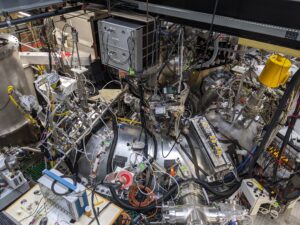
“Tokamak devices are considered a leading contender in the race to build a nuclear fusion reactor that generates power in the same way as the sun,” says Noah Hurst, a scientist with the Wisconsin Plasma Physics Laboratory (WiPPL) and lead author on the study. “Our discovery of this unusual ability to operate far above the Greenwald limit is important for boosting fusion power production and preventing machine damage.”
Tokamaks are toroidal devices, basically hollow metal donuts that churn ionized plasma through the tube by applying both a magnetic field and an electrical current. This shape has been shown to be particularly adept at confining the plasma, which is required to reach the high temperature and density needed for fusion. But the design can also lead to instabilities in the plasma: as its density increases, the plasma becomes more turbulent, causing the plasma to give up all its energy to the wall and cool off.
The device that the WiPPL team used in this new study is the Madison Symmetric Torus, or MST. For many years, MST has operated as one of the leading programs studying the reversed field pinch, a toroidal configuration closely related to the tokamak. MST was designed to anticipate operation as a tokamak, allowing direct comparison of the two toroidal configurations in the same device. Unlike other tokamaks, the metal donut that houses the MST plasmas is thick and highly conducting, allowing for more stable operation..
In 2018, MST scientists received National Science Foundation funding to build power supplies that are programmable, facilitating easier access to a range of toroidal plasma configurations, from tokamak to reversed field pinch. Hurst was hired in 2019 to study MST plasmas in tokamak mode with the new power supply.
“My job was to try to find ways to make the plasma go unstable,” Hurst says. “I tried, and I found that, well, in many cases, it doesn’t. It was surprising.”
![a graph with time [ms] on the x axis and electron density) aka plasma density on the y axis. Several data lines, given in a rainbow of colors, all go up within the first few ms, hold steady for up to 40ms, and then drop down to 0. A dotted line, representing the Greenwald limit, is shown around 0.75 on the y axis; all but one of the data lines goes well above that dotted line, up to 10x the value of the Greenwald limit](https://www.physics.wisc.edu/wp-content/uploads/2024/07/nlim_summary.png)
The Greenwald limit is just the ratio of the plasma density to the product of the plasma current and plasma size, a simple metric that allows comparison of different devices and operating conditions. Since the limit was defined, only a handful of devices have operated above it, and by at most a factor of two.
“Here, we were at a factor of ten,” Hurst says. “Future reactor-scale tokamaks will likely need to operate near or above the Greenwald limit, so if we can better understand what’s causing the density limit and understand the physics of how we got to ten times the limit, then maybe we have a shot at doing something about it.”
Though the researchers feel confident in their results, they are unexpected. The team is actively exploring explanations.
“The first thing we would ask is, what’s different about our machine relative to other machines?” Hurst says. “MST is very different because it was designed with a thicker wall than most tokamaks. Also, most tokamaks produce lower-resistance plasmas, so they don’t need these large voltages like we did in order to run.”
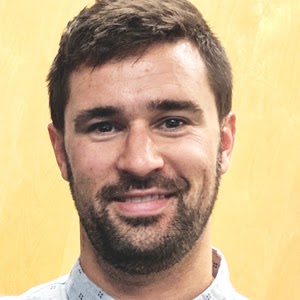
Hurst also emphasizes that these results are unlikely to be directly applicable to fusion reactors, such as ITER and others that are being built in the hopes of being the first net-positive energy production tokamaks. But he and the team are cautiously optimistic.
“Our results were obtained in a low magnetic field, low temperature plasma, which is not capable of fusion power production. Still, we were the first ones to be able to do this, and you have to start somewhere,” Hurst says. “We’re going to keep studying these plasmas, and we think that what we learn might help higher-performance fusion devices to operate at the higher densities they need to be successful.”
This study was supported by the U.S. Department of Energy (DE-SC0020245); by the Wisconsin Plasma Physics Laboratory, a research facility supported by the U.S. DOE Office of Fusion Energy Sciences under contract DE-SC0018266; and by a National Science Foundation Major Research Instrumentation grant (PHY 1828159).
UW-Madison one step closer to harnessing the power of the sun through fusion research
For the first time, a fusion device at the University of Wisconsin in Madison has generated plasma, inching one step closer toward using nuclear fusion as a source of carbon-free energy.
The post UW-Madison one step closer to harnessing the power of the sun through fusion research appeared first on WPR.
Read the full article at: https://www.wpr.org/news/uw-madison-one-step-closer-to-harnessing-the-power-of-the-sun-through-fusion-researchJustin Edwards earns National Defense Science and Engineering Graduate Fellowship
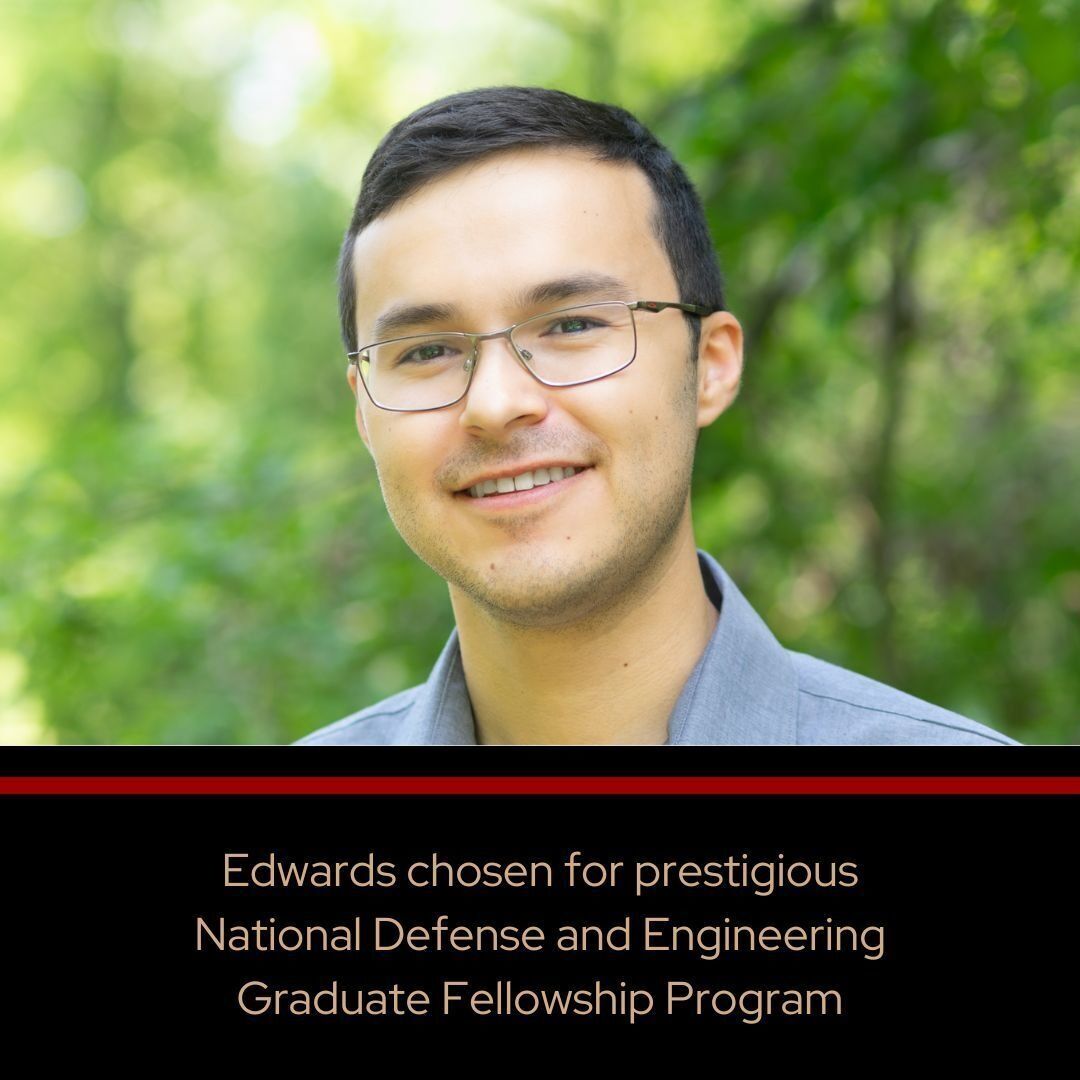
Physics PhD and ECE MS student Justin Edwards has been awarded the prestigious National Defense Science and Engineering Graduate Fellowship in the category of Physics (including Optics), with a proposal titled “Multispectral imaging in the near infrared for next-generation analog night vision systems”. Justin is advised by ECE Professor and physics affiliate professor Mikhail Kats and collaborates extensively with ECE PhD students Rabeeya Hamid and Demeng Feng, and the group of Dan Congreve at Stanford University.
First plasma marks major milestone in UW–Madison fusion energy research
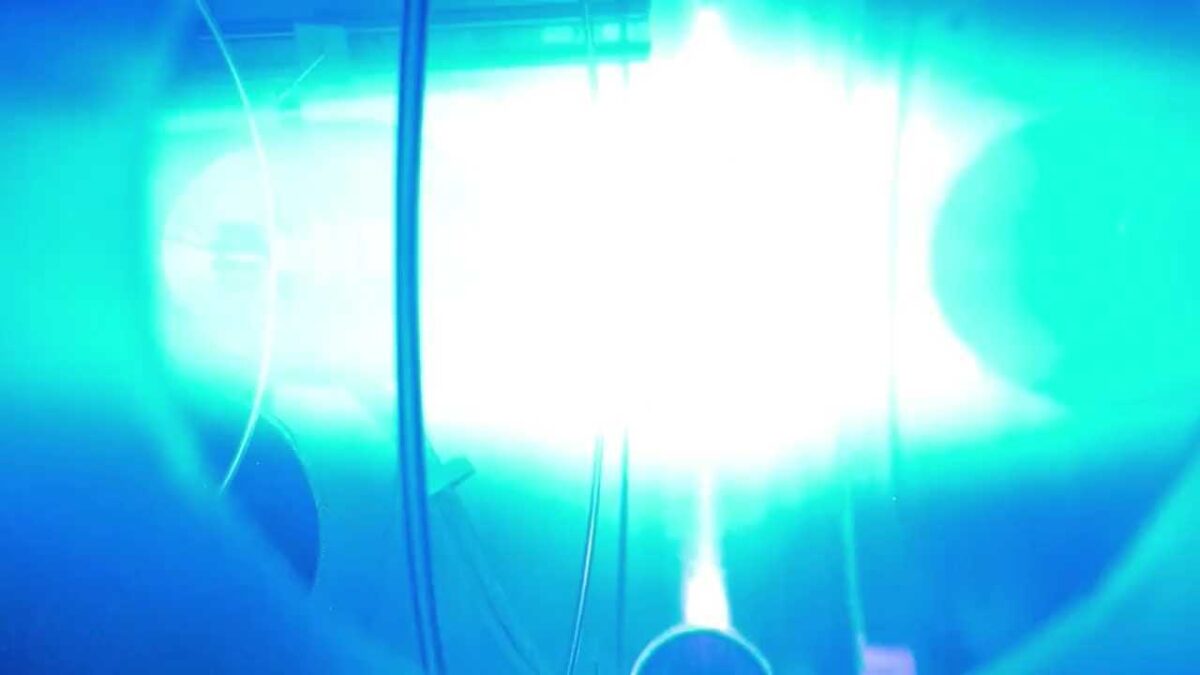
A fusion device at the University of Wisconsin–Madison generated plasma for the first time Monday, opening a door to making the highly anticipated, carbon-free energy source a reality.
Over the past four years, a team of UW–Madison physicists and engineers has been constructing and testing the fusion energy device, known as WHAM (Wisconsin HTS Axisymmetric Mirror) in UW’s Physical Sciences Lab in Stoughton. It transitioned to operations mode this week, marking a major milestone for the yearslong research project that’s received support from the U.S. Department of Energy.
“The outlook for decarbonizing our energy sector is just much higher with fusion than anything else,” says Cary Forest, a UW–Madison physics professor who has helped lead the development of WHAM. “First plasma is a crucial first step for us in that direction.”
WHAM started in 2020 as a partnership between UW–Madison, MIT and the company Commonwealth Fusion Systems. Now, WHAM will operate as a public-private partnership between UW–Madison and spinoff company Realta Fusion Inc., positioning it as major force for fusion research advances at the university.
